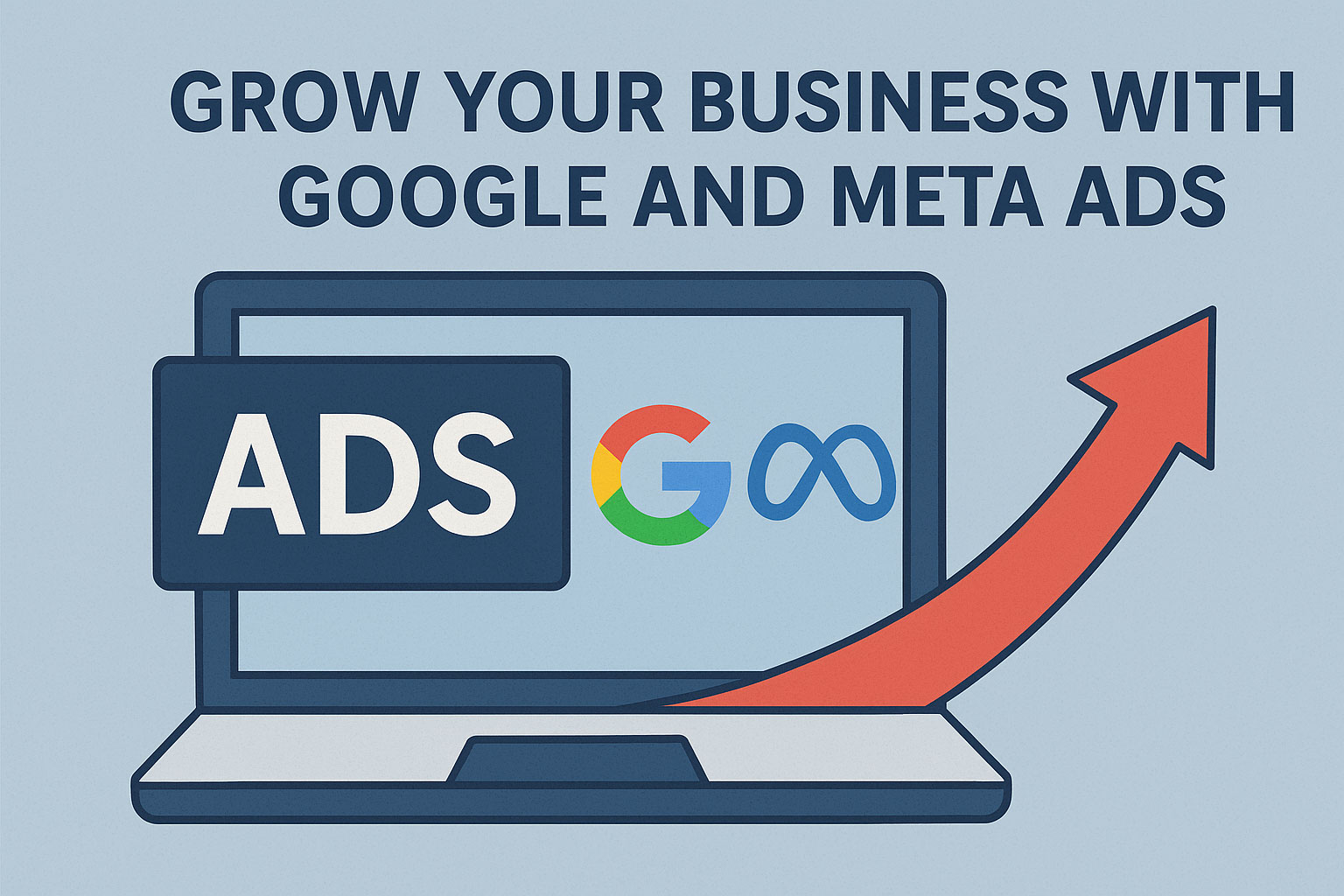As we step into 2024, mastering Meta Ads can significantly enhance your marketing efforts. This guide will explore innovative strategies that business owners can implement to drive success and engagement through Meta’s advertising platform.
Innovative Strategies for Meta Ads
Understanding the Meta Ads Ecosystem
Meta Ads encompass a range of platforms, including Facebook and Instagram, making it essential for business owners to understand how these platforms interconnect. The advertising system is designed to target users based on their interests, behaviors, and connections. Taking the time to familiarize yourself with the various ad formats available is crucial. For instance, video ads might perform better for a visually-driven brand, while carousel ads can showcase multiple products effectively.
By grasping the ecosystem, you can customize your strategy to fit your business objectives, ensuring that your ads reach the right audience at the right time.
Embrace Video Content
Video continues to dominate online advertising, and integrating video into your Meta Ads strategy is not optional—it’s necessary. Videos engage users more effectively than static images, leading to higher click-through rates and conversions. Business owners should consider creating short, attention-grabbing video content that tells a story or showcases their products. For example, a quick tutorial or a behind-the-scenes look at your business can captivate your audience.
To get started with video ads:
- Identify your target message.
- Create short, impactful content (15-30 seconds).
- Test different formats and styles.
Utilize Targeted Audiences
One of the strongest features of Meta Ads is the ability to target specific audience segments. Using data from your existing customers, you can create lookalike audiences or retarget past website visitors. This ensures that your ad spend is maximized as it reaches individuals more likely to convert. Start by analyzing your customer data and defining segments based on demographics, interests, or purchasing behavior.
Experiment with different audience settings and continually analyze performance to refine your target groups for optimal results.
Ad Placement Strategies
Meta offers a multitude of ad placements such as the News Feed, Stories, and Marketplace. Each placement has unique characteristics, and understanding where your audience spends their time can guide your decisions. For instance, Stories can be effective for quick updates or promotions, while the News Feed allows for more detailed content. Consider testing various placements to determine which yields the best performance for your specific goals.
Utilizing automatic placements can also simplify this process, allowing Meta’s algorithms to optimize your ad delivery across available spaces.
Leverage A/B Testing
A/B testing is an invaluable tool for optimizing your Meta Ads. This technique involves creating two variations of an ad and testing them against each other to gauge performance. Business owners can test different visuals, headlines, and calls-to-action to see which elements resonate best with their audience. The insights gained from A/B testing can drive your advertising strategy and improve overall campaign effectiveness.
Document your results and variations, tweaking your approach continuously based on data-driven insights.
Focus on Storytelling
Storytelling in your ads can create a deeper connection with your audience. Rather than simply promoting a product, consider how your brand’s story can resonate with consumers. For instance, showcasing testimonials or user-generated content can instill trust and authenticity. By communicating the values and feelings associated with your brand, you can differentiate yourself in a crowded market.
Think about your brand’s narrative and incorporate elements into your ads that evoke emotion and connection.
Monitor and Analyze Metrics
Regularly monitoring your ad campaign metrics is critical for understanding what works and what doesn’t. Track key performance indicators like engagement rates, click-through rates, and conversion rates. Utilize Meta’s Ads Manager to analyze these metrics and derive actionable insights. By assessing performance data, business owners can identify trends and adjust strategies accordingly.
Set up reports to evaluate your campaigns regularly, ensuring you’re always informed and ready to pivot where necessary.
Optimize for Mobile Users
Since a significant portion of Meta’s user base accesses platforms via mobile devices, your ads must be optimized for mobile viewing. Ensure that your visuals are eye-catching and that your calls-to-action are straightforward. Ad content should load quickly, and the landing pages should be mobile-friendly. Focusing on the mobile experience can enhance user engagement and boost conversion rates.
Consider conducting mobile previews of your ads to see how they will look on different devices before launching.
Key Takeaways
- Understand the Meta Ads ecosystem to tailor your strategies effectively.
- Integrate video content to boost engagement and conversions.
- Utilize targeted audiences for precise ad placement.
- Implement A/B testing to refine your advertising efforts.
- Regularly monitor metrics to adjust strategies for better performance.
- Optimize all ads for mobile to enhance user experience.





